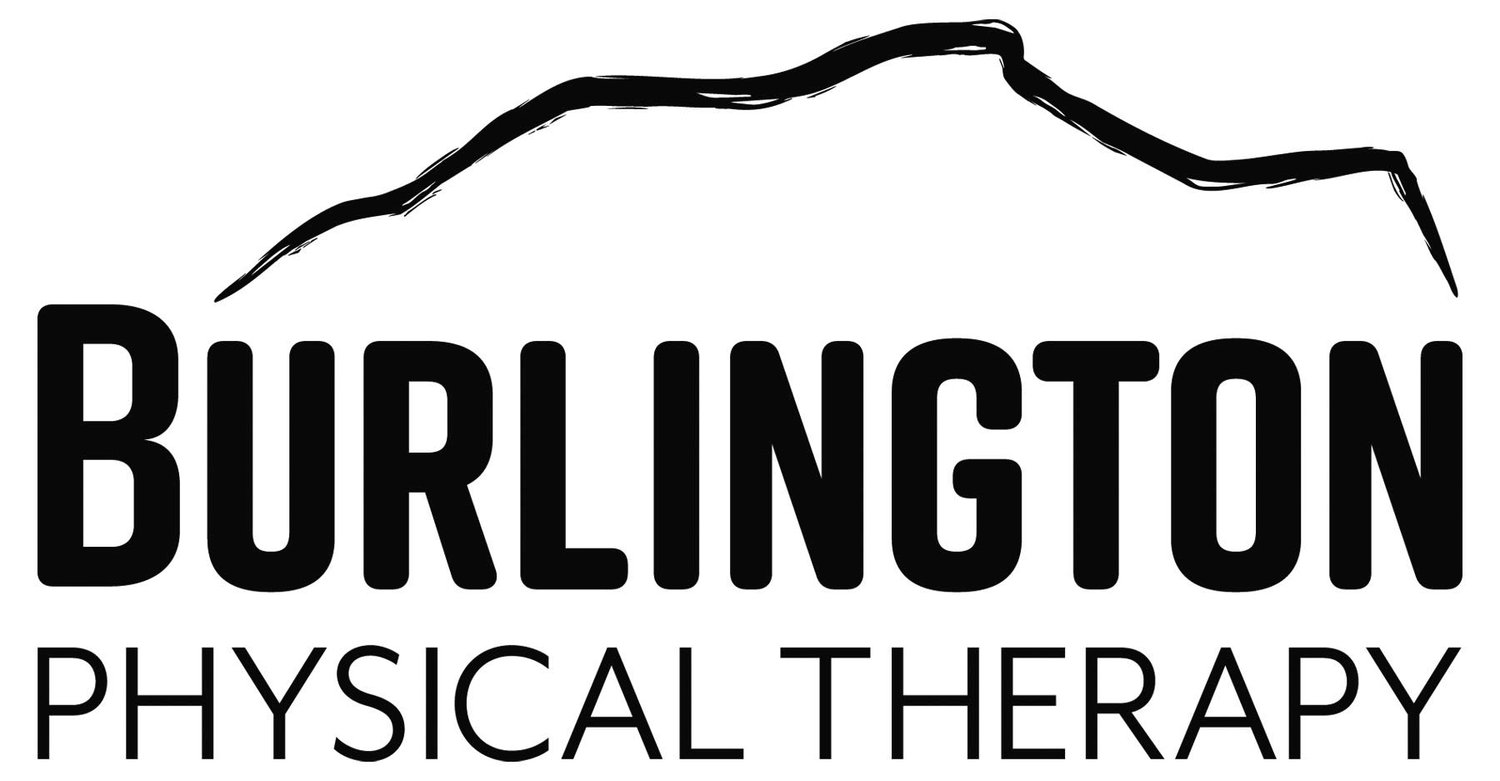Why Ski Prep Starts in the Gym (Before the Snow Falls)
When we think about skiing, most of us picture crisp turns, fresh powder, and long days on the mountain.
What we don’t picture? The off-season prep work that keeps our joints healthy and our bodies strong enough to enjoy the season without developing a nagging injury.
Skiing (and snowboarding) is a high-demand sport. It requires strength, stability, endurance, and power—all at once. Think about what your body undergoes when you weave between trees, bounce through moguls, and carve through corduroy groomers.
Without body preparation, the first ski days of the season often end in sore quads, aching knees, or worse: gradual injuries that can derail your winter plans.
That’s where structured strength and plyometric training comes in, ideally before the season starts so you don’t have to skip days on the mountain.
Why Strength Training Matters for Winter Mountain Lovers
Skiing places repetitive stress on the hips, knees, and ankles. Building strength in your lower body and core helps absorb those forces and gives your joints the support they need.
Here’s a general overview:
Quads & Glutes: Crucial for carving turns and maintaining control on varied terrain.
Hamstrings: Balance out quad dominance and protect your knees.
Core: Keeps you stable and transfers power efficiently from your upper to lower body.
When these muscles are strong, your body can ski longer, recover faster, and stay resilient throughout the season.
The Role of Plyometrics
If you’ve been receiving our newsletters, you’ve heard us talk about plyometrics before. Think of strength training as what builds the foundation, plyometrics (“jump training”) add the sport-specific layer that skiers and riders can’t skip. Skiing and snowboarding is full of dynamic, explosive movements—think of the quick push off an edge, or absorbing the landing from a small drop.
Plyometric drills train your body to handle these impact forces by improving:
Joint resilience: Knees and ankles that can tolerate repeated landings
Power production: Strong, quick movements for carving and fast reactions
Balance and coordination: Essential for staying upright when conditions get unpredictable. Or let’s be real… getting off the chairlift.
Translation: you’ll not only reduce your injury risk but also feel more confident and agile on the mountain.
Why Start Now?
Strength and plyometric adaptations take TIME. There is a reason why your body feels very different on day 1 on the mountain compared to day 20.
Six weeks is the perfect runway to build a base of muscle, stability, and power before the lifts start spinning. Think of it as “earning your turns” before the snow falls.
If you’re interested and looking for a “tell me what to do” solution, our 6-Week Ski Prep Class begins October 13. This program is designed specifically for skiers and snowboarders to:
Build lower-body and core strength
Improve balance, stability, and power with plyometric drills
Bulletproof your joints against the stresses of long days on the mountain
Hit opening day feeling confident, strong, and ready for a full season of skiing

